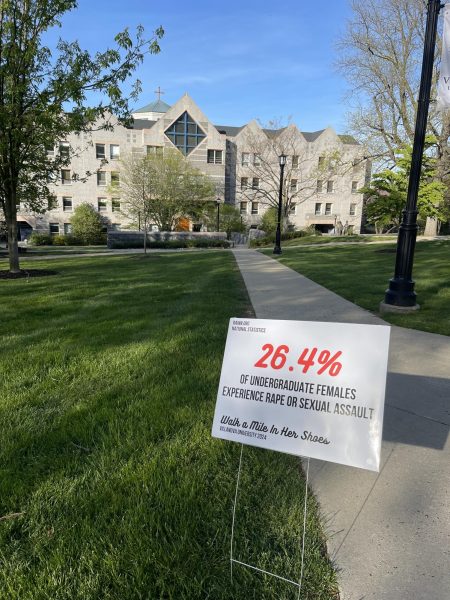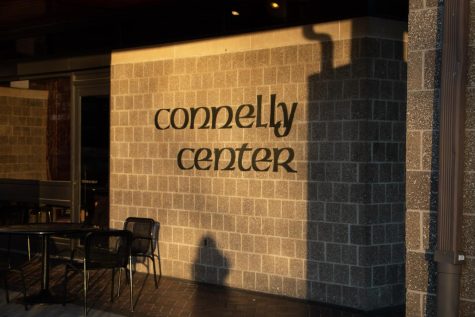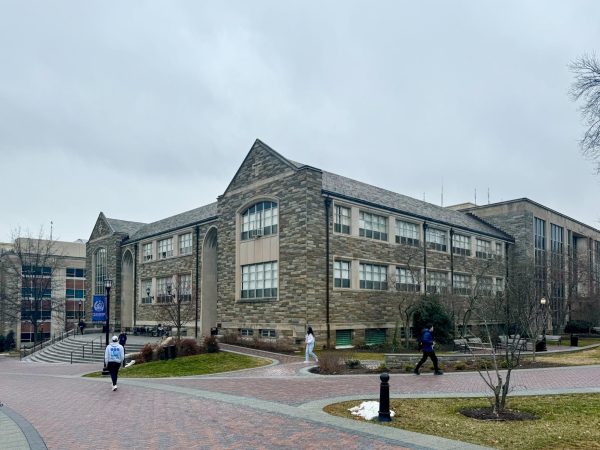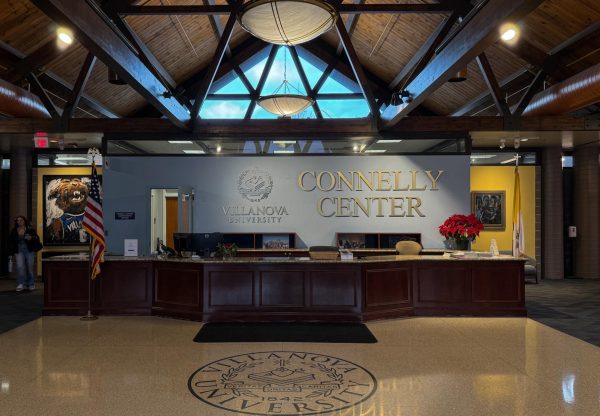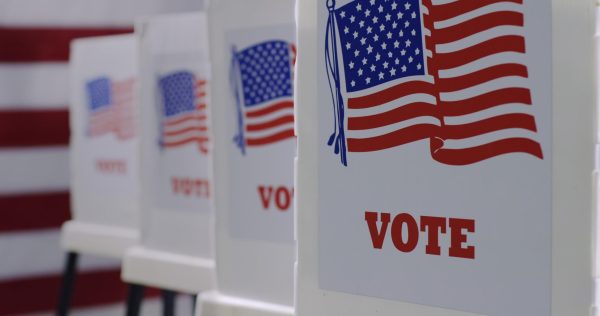Survey highlights health habits
April 14, 2010
Whether or not Villanova students are generally healthy has been studied through the University’s participation in the National College Health Assessment-II Survey. It is administered every two years, the last being in spring 2009. The NCHA-II Survey provides a wide variety of measures to gauge student health.
The survey reports that the majority of Villanova students eat 1-2 servings of fruits and vegetables per day. According to the Dining Services Web site, fresh fruits and vegetables are offered at all eating locations on campus. In addition, Dining Services offers a brown bag lunch program, and the HealthyCat labeling system highlights healthy choices in the dining halls.
Students’ choices may also be affected by their access to health information. Seventy-seven percent of students report having received information from the University about nutrition. According to the Office of Health Promotion, one-on-one consultations with the coordinator of Nutrition and Fitness programs, enrollment in the free Healthy Habits class, program requests by Resident Assistants on related nutrition and fitness concerns and the Stall Street Journal are among the most frequently utilized resources and services by students to improve their nutrition.
Villanova has three fitness centers available for student use: the Davis Center for Athletics and Fitness on Main Campus, Farley Fitness Center on West Campus and Stanford Fitness Center on South Campus. According to Lisa Melillo, director of intramurals/recreation in the athletics department, approximately 1,000 students use the gyms every day on Mondays through Thursdays, and approximately 800 students use the gyms every day on Fridays through Sundays.
Melillo reports that students not only take advantage of free weight equipment and exercise machines, but also the free fitness classes offered. Each week, about 13 different fitness classes are offered, with an average of 15 students per class. Class offerings range from kickboxing to yoga.
The NCHA-II Survey data shows students are aware of and utilize fitness resources. Seventy-two percent of students report having received information from the University with regard to physical activity.
According to the survey, the most frequently utilized fitness resources and services offered outside the Office of Health Promotion are the Davis Center for Athletics and Fitness, group exercise classes, personal training sessions for a fee and intramurals and recreation.
In terms of students’ physical activity, the NCHA-II survey suggests that the student body is generally active, to varying degrees. A slight majority of Villanova students report doing 1-4 days of moderate-intensity cardio or aerobic exercise for at least 30 minutes within the past week as compared to a more varied response from students regarding vigorous-intensity cardio or aerobic exercise. Students are fairly evenly split between zero days, 1-2 days and 3-7 days of exercise per week. Sixty percent of male students and 57 percent of female students meet the recommendations for moderate-intensity exercise, vigorous-intensity exercise or a combination of the two.
However, the survey points out that some students may underestimate their physical activity level if they do not report intramural or extracurricular activities, such as dance or exercise. Other students may designate unreasonable amounts of exercise as vigorous physical activity, which may be more indicative of over exercising and disordered eating patterns.
Concerns over how much exercise the student body gets is linked to other health concerns. According to the survey, the top four factors that affect the academic success of Villanova students the most are stress, anxiety, the common cold and extracurricular activities. All of these can be alleviated by practicing better time management, as well as incorporating healthy eating and exercise patterns.
“It is clear that Villanova students are in need of improvement around their time, stress and study management,” said Stacy Andes, director of Health Promotion.
The NCHA-II survey stresses that college students need to understand how lack of sleep, use of alcohol, improper use of medications and poor eating and exercise habits can contribute to a suppressed immune system and increasing incidents of illness.
The NCHA-II Survey will be administered again in 2011.





